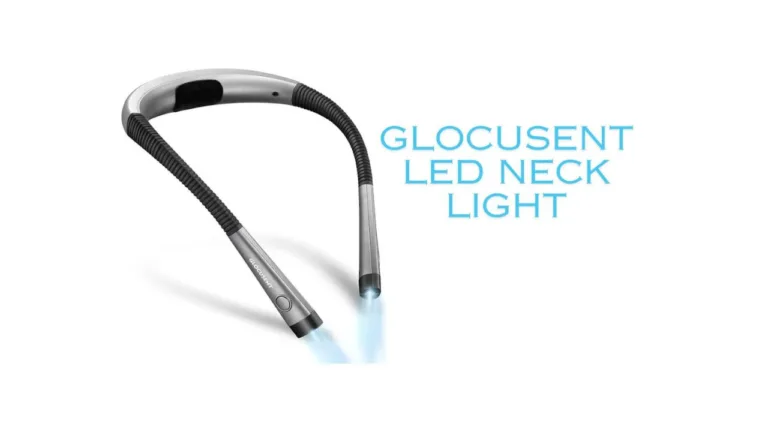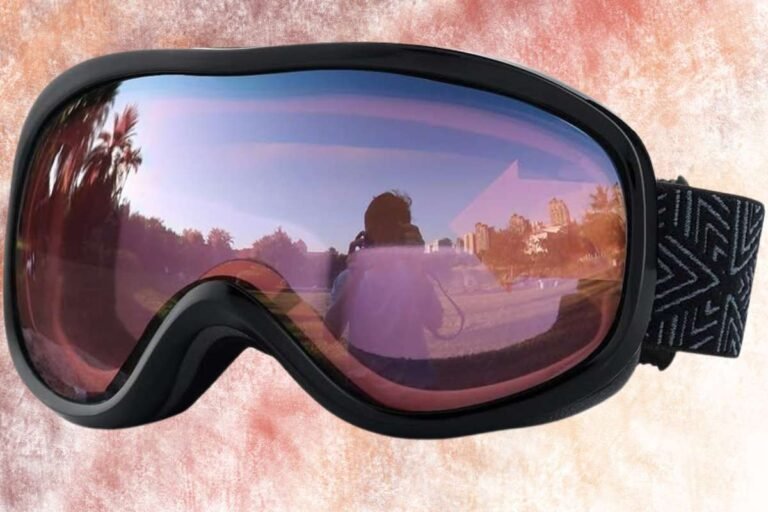Gelamento: The Basics of Freezing and Why It’s Important

Have you ever wondered what happens when you put water in the freezer? Or why we freeze food? In this blog, we will explore the amazing world of freezing, also known as gelamento in Portuguese.
We’ll learn about what gelamento means, how it works, and why it is so important. Did you know that freezing helps keep our food fresh and safe to eat? Let’s dive in and uncover the cool facts about gelamento (freezing)!
What Do You Mean by Freezing (gelamento)?
Freezing is when a liquid turns into a solid because it gets very cold. Imagine you have a cup of water. When you put it in the freezer, it turns into ice. That’s freezing! Freezing happens when the temperature of the liquid drops so low that it changes its state. This is a bit like magic, but it’s all about science!
The Freezing Process: Chilling Out, Literally!
Let’s take a closer look at the freezing process. Imagine you have a glass of water. Here’s what happens step-by-step:
- Cooling: As the water cools down, the molecules inside start moving more slowly.
- Reaching Freezing Point: When the temperature hits 0 degrees Celsius (32 degrees Fahrenheit), the water is ready to freeze.
- Crystallization: The slow-moving water molecules begin to stick together in a pattern, forming ice crystals.
- Solidifying: More and more water molecules join the ice crystals, turning the whole glass of water into ice.

Freezing Food: Keeping Things Fresh!
Have you ever noticed how frozen pizzas or ice cream stay good for a long time? That’s because freezing is a fantastic way to preserve food!
By slowing down the movement of molecules, freezing also slows down the activity of tiny living things called bacteria. These bacteria love to munch on our food, causing it to spoil. But when they’re frozen solid, they become inactive and can’t spoil our food. Pretty neat, huh?
Why Do We Freeze Food?

- Prevent Spoilage: Freezing slows down bacteria and mold that spoil food.
- Extend Shelf Life: Foods like meat, fish, and vegetables last much longer when frozen.
- Convenience: You can store meals and ingredients and use them when needed.
The Freezing Point: The Magic Temperature
Every liquid has a specific temperature at which it freezes. This special temperature is called the freezing point. For water, the freezing point is 0 degrees Celsius (32 degrees Fahrenheit). That means if water gets colder than 0°C, it will start to turn into ice.

Not All Freezing Points Are the Same!
Here’s a fun fact: not all liquids freeze at the same temperature! Did you know that saltwater has a lower freezing point than freshwater? This is why oceans don’t freeze as easily as lakes and rivers.
- Water: 0 degrees Celsius (32 degrees Fahrenheit)
- Olive Oil: Around -6 degrees Celsius (21 degrees Fahrenheit)
- Honey: Around -20 degrees Celsius (-4 degrees Fahrenheit)
- Milk: Freezes at a slightly lower temperature than water, around -4°C (25°F)
Freezing: More Than Just Ice Pops!
Freezing isn’t just about making ice pops or keeping food fresh. It’s used in many cool ways around us. For example, doctors use freezing techniques during surgery to numb an area before operating.
FAQs
Wrapping Up
So, the next time you grab a frozen treat or see ice on your window, remember the amazing science of freezing, or gelamento as they say in Portugal, at work!
It’s a process that keeps our food fresh, helps doctors during surgery, and is even used in cutting-edge research. Freezing, or gelamento – it’s cooler than you think!





